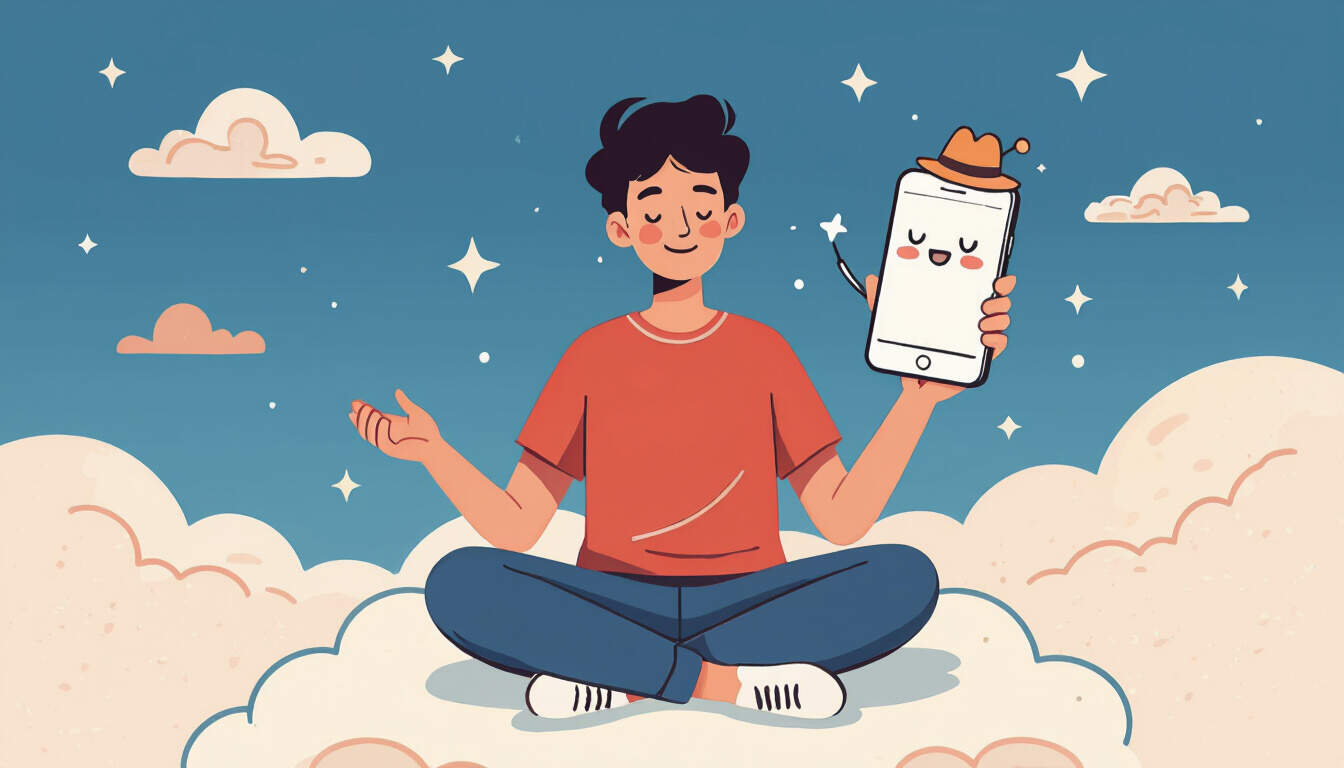Mindful Technology Use for Enhanced Mental Clarity
 by Shanie Goodwin
by Shanie Goodwin
Discover how to incorporate mindful technology use into daily life to foster mental clarity and personal development. This approach helps busy professionals and students reduce digital overload and build healthier habits for improved focus and well-being, all while promoting a balanced lifestyle.

Many people rely on technology every day, yet it can often lead to feelings of overwhelm. Practicing mindful technology use offers a way to maintain balance. This method involves being present with devices, rather than letting them control daily routines.
In the first part, consider the role of technology in modern life. For busy professionals, constant notifications can disrupt focus. Mental clarity becomes essential here, as it allows for better decision-making and reduced stress. Students also benefit, using tools like apps for learning without falling into endless scrolling.
One effective strategy is setting boundaries. Begin by designating specific times for checking emails or social media. This helps create space for other activities, like reading or exercise, which support personal development. For instance, turning off non-essential alerts during work hours can lead to improved concentration.
Another aspect involves reflection. After using a device, take a moment to assess how it felt. Did it enhance productivity or cause distraction? Mindfulness practices such as short breathing exercises before starting a session can set a positive tone. These simple steps encourage a healthier relationship with screens.
Benefits extend to overall well-being. Regular mindful technology use can reduce anxiety and improve sleep patterns. Imagine ending the day without the urge to check one last message; this alone promotes rest and recovery. Personal development thrives in such environments, where individuals feel more in control.
Practical Tips for Implementation
To get started, try these approaches:
- Schedule device-free periods: Choose times, like meals or before bed, to step away from screens. This fosters deeper connections with others and self-reflection.
- Use apps wisely: Select tools that aid focus, such as timers for work sessions. Avoid those that encourage endless use.
- Track usage: Keep a simple log of daily screen time. Over time, patterns emerge, allowing for adjustments that align with goals for mental clarity.
- Engage in alternative activities: Replace passive scrolling with hobbies like walking or journaling. These activities build resilience and creativity.
Challenges may arise, such as the temptation to multitask. Staying committed requires patience and self-compassion. Remember, progress comes from small, consistent changes rather than perfection.
In relationships, mindful technology use can strengthen bonds. For example, during conversations, put devices aside to give full attention. This practice enhances empathy and communication skills, key elements of personal development.
Over time, these habits contribute to a clearer mind. Individuals report feeling more energized and purposeful. By prioritizing such approaches, one can navigate daily demands with ease.
Finally, consider the long-term impact. Embracing mindfulness practices alongside technology leads to sustained growth. It transforms potential distractions into tools for positive change, supporting a fulfilling life.
